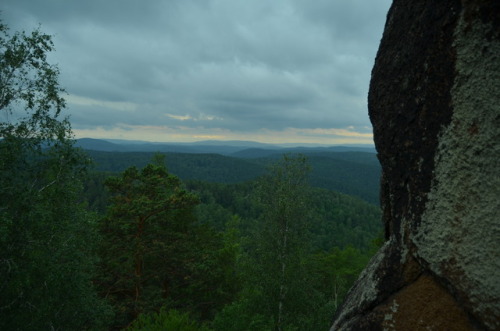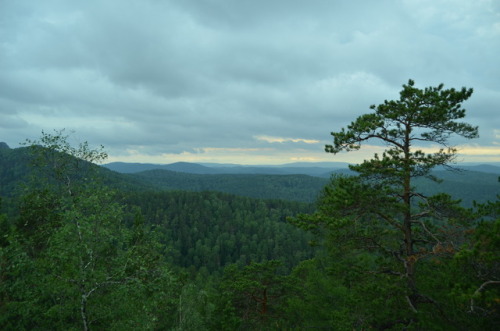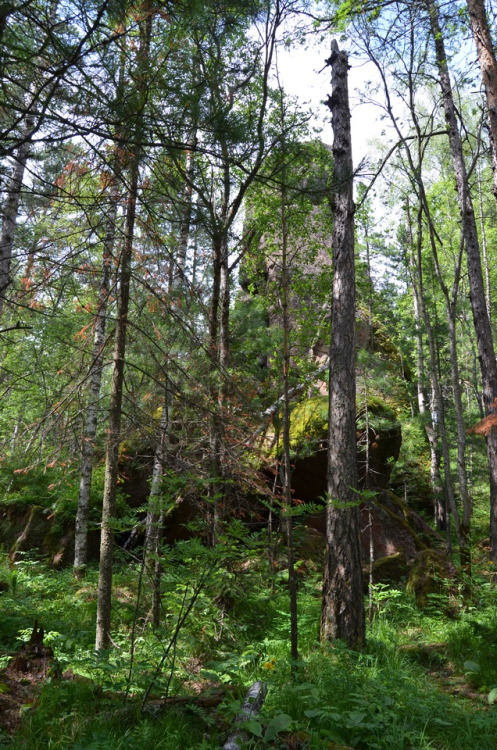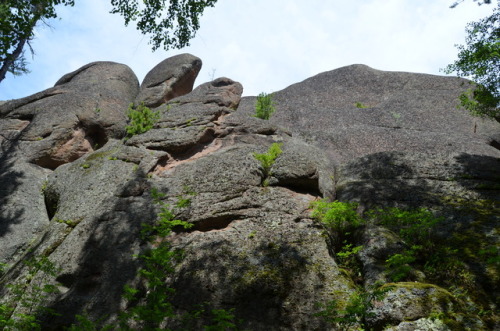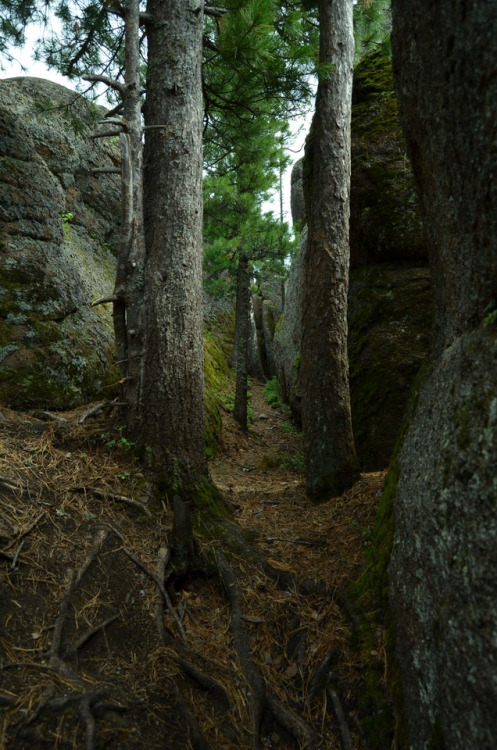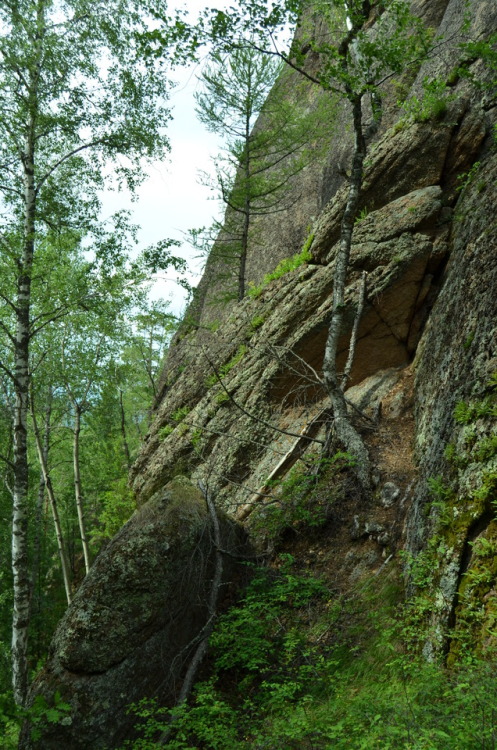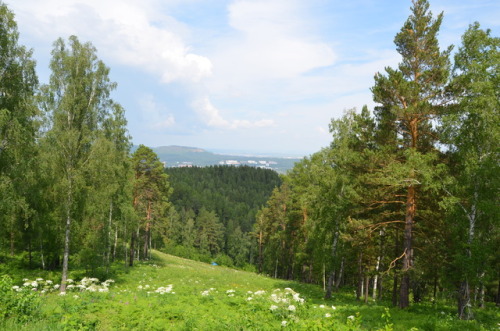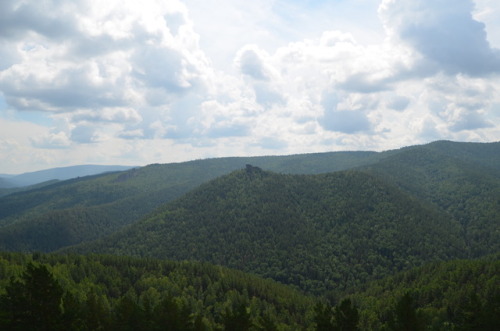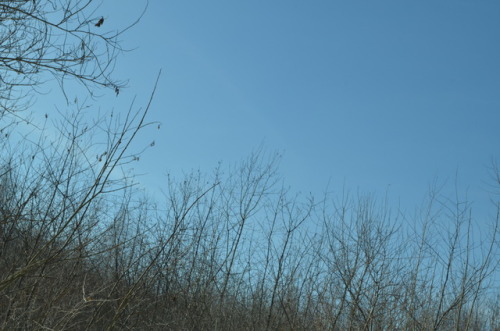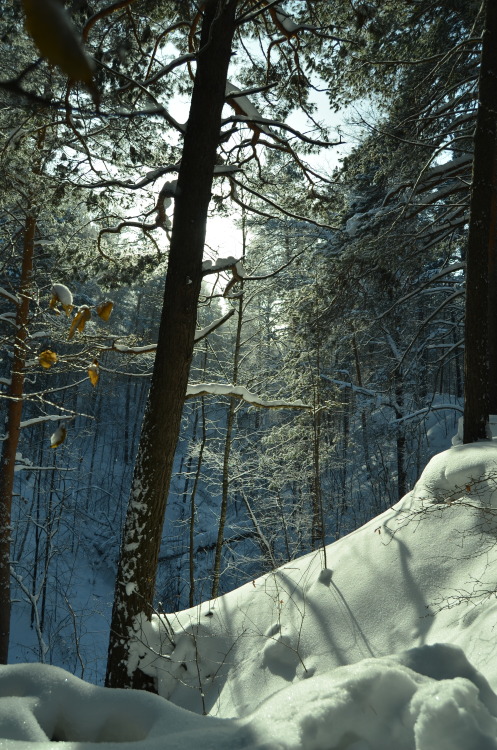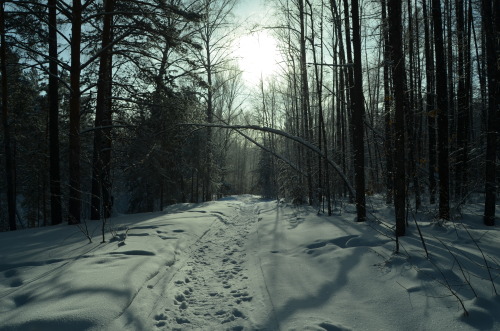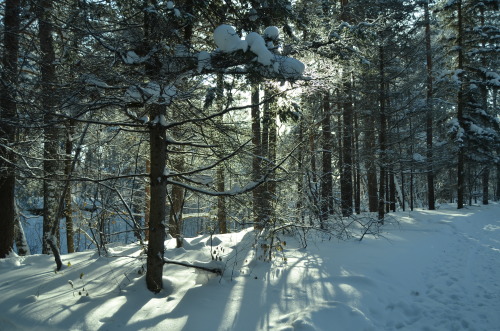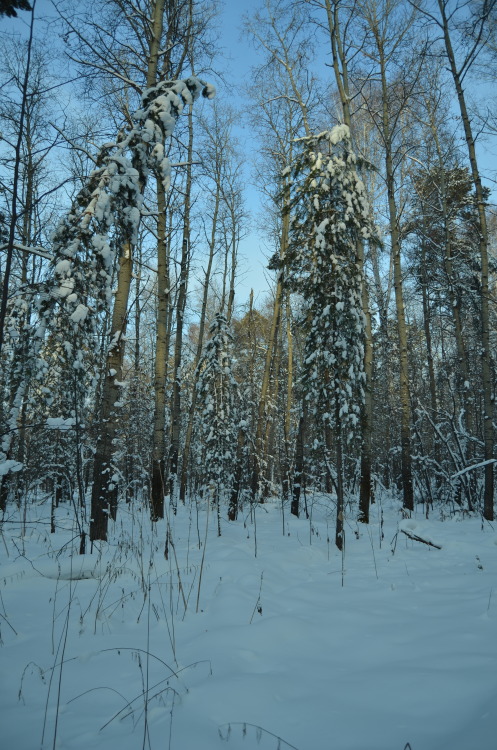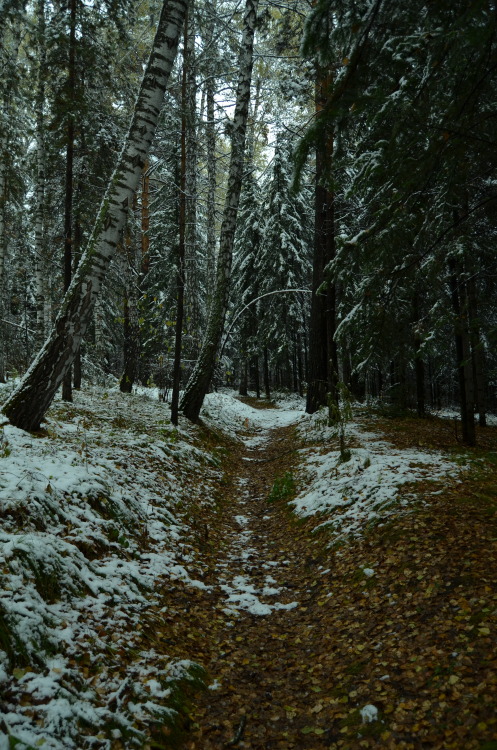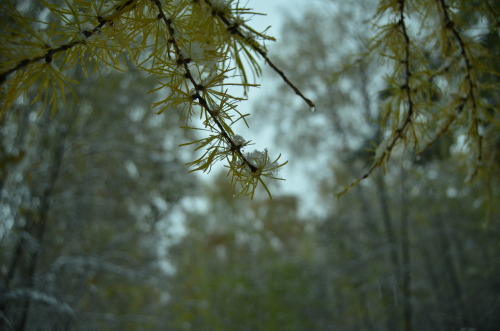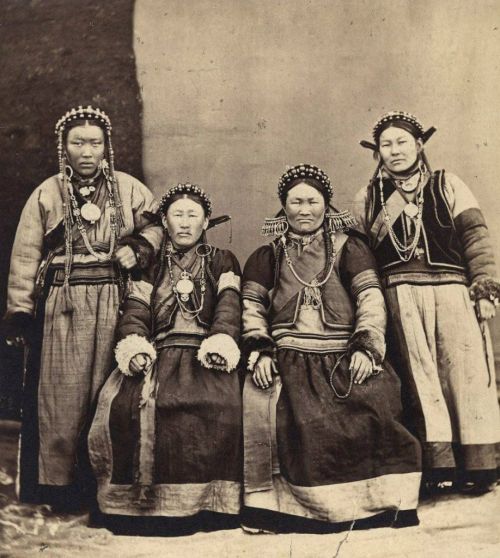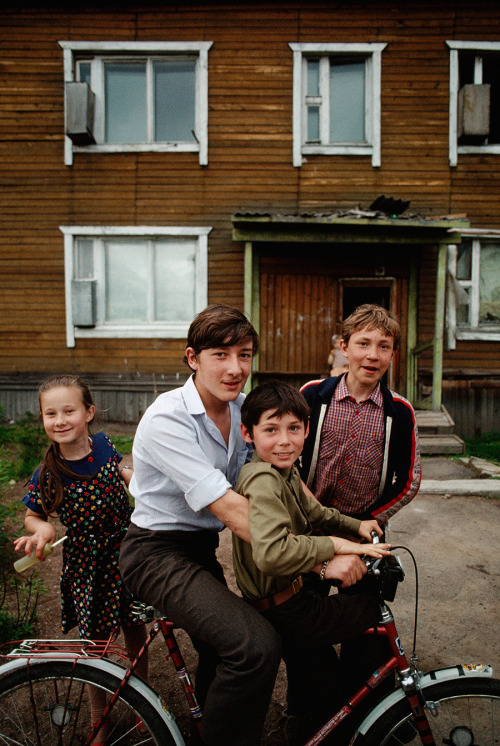#siberia
The Buryats a Mongolic people one of the two largest indigenous groups in Siberia. Majority of the Buryat population lives in their titular homeland, the Republic of Buryatia, a federal subject of Russia near Lake Baikal.
It is most likely that the ancestors of modern Buryats are Bayyrku and Kurykans who were part of the tribal union of the Tiele.
Historically, the territories around Lake Baikal belonged to Mongolia, Buryats were subject to Tüsheet Khan and Setsen Khan of Khalkha Mongolia. When the Russians expanded into Transbaikalia (eastern Siberia) in 1609, the Cossacks found only a small core of tribal groups speaking a Mongol dialect called Buryat and paying tribute to the Khalkha.The territory and people were formally annexed to the Russian state by treaties in 1689 and 1727, when the territories on both the sides of Lake Baikal were separated from Mongolia.
The Buryat national tradition is ecological by origin in that the religious and mythological ideas of the Buryat people have been based on a theology of nature.
Буряты - монгольский народ, одна из двух крупнейших коренных групп Сибири. Большая часть бурятского населения проживает на своей родине - Республике Бурятия (Россия) недалеко от озера Байкал.
Скорее всего, предками современных бурят являются байырку и курыканы, входившие в племенной союз Тиле.
Исторически территории вокруг Байкала принадлежали Монголии, буряты подчинялись Тюшит-хану и Сэцен-хану Халха-Монголии. Когда русские пришли в Забайкалье (Восточная Сибирь) в 1609 году, казаки обнаружили лишь небольшое ядро племенных групп, говорящих на монгольском диалекте, называемом бурятским и плативших дань халхам. Территория Бурятии и бурятский народ были формально присоединены к России по договорам в 1689 и 1727 годы, когда территории по обе стороны Байкала были отделены от Монголии.
Бурятская национальная традиция подчинена природе и эколокии, поскольку религиозные и мифологические представления бурятского народа основывались на силах природы.
Post link
“At the beginning of the eighteenth century, the policy of the Russian State towards the Siberian peoples changed. The Russian political position in Siberia became stronger and more stable, in part because the Russian population had grown to outnumber the indigenous inhabitants of the area. The economic interests of the Russian State in northwestern Siberia turned to mining, iron making and the industrial development of the territories, and away from the fur trade. Russia was also rapidly developing into a powerful empire with a national identity of its own. In 1701 the Russian Orthodox Church was ordered by Czar Peter I (known as Peter the Great) (1689-1725) to baptize the Siberian peoples. The Metropolitan Phielophey Leschinski, who made several voyages to Khanty settlements, conducted intensive missionary work during the period 1712-1726. Most of the Khanty were baptized during this time, hundreds of Khanty images of “longhs” -protectors- were burned, many sacred places where the Khanty held their meetings, worshipped and made sacrifices to their deities were desecrated and destroyed, and was usually followed by the erection of an Orthodox church or chapel on the same place. Thus the main aim of the mission was the destruction of the cult and ritual dimensions of Khanty religious traditions, and the introduction of Christian cult and ritual life. Yet, most of the baptized Khanty continued to worship their deities in secret and to perform the same rituals as their forefathers did. To suppress the Khanty religious heritage, the main blows were then inflicted upon its ritual and social dimensions, namely the Russian authorities made an attempt to destroy sacred places (ritual space) and persecuted shamans (the religious authorities). Besides the missionaries were struggling not only against Khanty religious heritage, but also against their ethnic heritage. They insisted that baptized Khanty had to leave behind their traditional dwellings, dress, cuisine, customs for good. Yet, the supervisors appointed to observe Khanty everyday life often reported cases of people practising shamanic séances even by those who were baptized. (…) Those who were accused of performing shamanic séances in 1747 admitted under torture that they indeed had a deal with [the] devil while practising shamanism. The usual penalties for practising shamanism or inviting a shaman to perform a séance in the eighteenth century were fines, imprisonment and public corporal punishments. Sometimes, torture during an inquest in prison, or following corporal punishments, caused the death of the accused shamans. This severe politics towards the beliefs of the indigenous peoples had changed by the end of the eighteenth century. (…) A new wave of missionary activity occurred on the eastern frontier of the Russian Empire during the nineteenth century and Christian ideals gradually penetrated further into Khanty life. Radical economic and lifestyle changes affected Khanty people in regions where the Russian population predominated, and it was inevitable that they would become Russified. As to the majority of the Khanty, even if they were baptized by that time, numerous priests and explorers reported that the Khanty (as well as other Siberian peoples) did not attend church on a regular basis, did not follow Christian ethics, and kept making sacrifices to their indigenous deities. Missionaries were faced with the problem of making baptized Khanty follow the prescribed Christian disciplines which, given the nomadic Khanty life as hunters, fishermen and reindeer herders, was difficult. The Russian State interests of that time were understood by the majority of Russian society as a quick and absolute incorporation of all non-Russian peoples into the Russian Orthodox community structure, which inevitably implied ethnic acculturation. Converted Siberian peoples were expected to become “Russians”, live like Russians, speak Russian, to be faithful Orthodox believers and active parishioners. From this time, intensive theoretical work actively pursued the elaboration of missionary programs and special missionary organizations to fulfil them. A network of schools for training missionaries appeared at that time; work on the translation of Holy Books into Native languages were activated and supported; special instructions and recommendations for missionaries were published. Most of the missionary thinkers agreed on the necessity and advantage of Russification for the indigenous peoples in general, although they did not agree on the methods, terms and priorities in a process of its realization in practise. Some of them thought that Russian language and education should be used as the main tool in a process of successful introduction of the new religion. Others argued that promoting the achievements of European civilization in indigenous everyday life would have achieved it much better.”— Some excerpts from Elena Glavatskaya’s 2004 article “Religious and Ethnic Revitalization among the Siberian Indigenous People: the Khanty Case” (you can download it here) about the Russian Empire’s policies of forced Russification of the Siberian indigenous people, here focused on the religion of the Khanty people (and how this was related to language and other cultural practices).
Children of coal miners play near a fire-prone wooden house in Siberia, September 1988.Photograph by Steve Raymer, National Geographic
Post link
Micro apples is real! Comes from Siberia
(Deutsch)
Micro Äpfel ist echt! Kommt aus Sibirien
Snus tin. Snus is a moist tobacco product a bit like snuff, which is held inside the mouth between the lips and the gums. It is most popular in Sweden, where it originated in the early 18th century. The sale of snus is illegal in the UK, although its use is not.
Post link
Photos: What it’s like to have a pet bear
Alexander Kharatokin, a homeless man and a watchman of a mooring, lives in a wooden hovel near the river. Under the permission of his employer, Kharatokin adopted the orphan bear that was found this spring.
Post link





